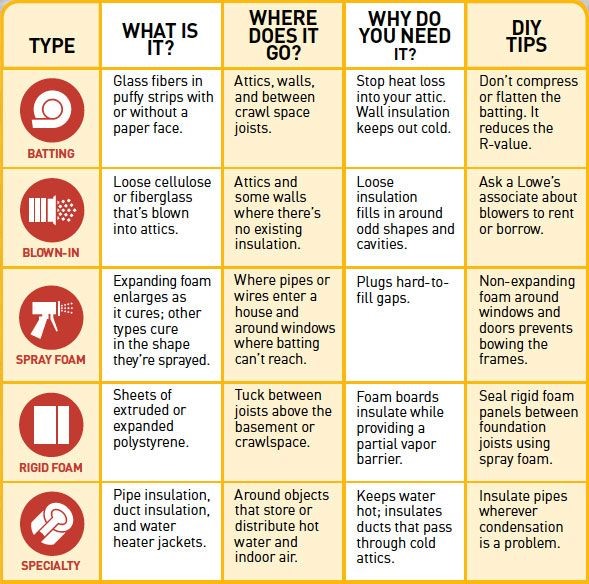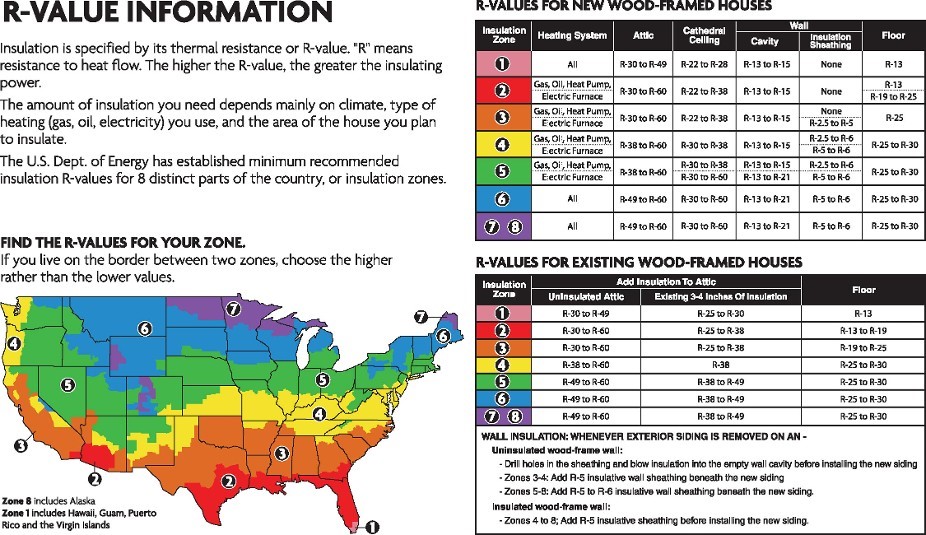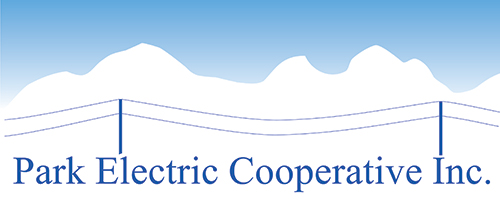Building Materials
The type of home you live in and the construction of your home can make the biggest difference when it comes to saving energy and money. Think about this: Heat travels. In the winter, it wants to be outside and in the summer, it wants to be inside. Trying to maintain a comfortable living temperature in your home can account for up to 40% of your electrical bill each month. Modular and trailer style homes can be the least energy efficient. Even a brand-new stick framed house can have its short comings. If your house is not well insulated or has poor quality windows and doors, even a high-quality energy efficient heating and cooling system can be pumping conditioned air outside your home.
Here are some easy energy saving ideas
- Caulk the areas around existing windows and doors to ensure no air is leaking to the outside.
- Check the seals on your doors. Can you see daylight? Consider investing in replacement seals from your local hardware store to stop the air flow.
- Check to be sure there are no openings from the house into the attic space. This could include around air ducts and chimneys.
- In the summer, close shades and drapes during the day to help make another layer of insulation between the windows and the home. In the winter, leave shade or drapes open for south facing windows to gain additional heat from the sun.
- Close the flue in your fireplace when not in use.
Ways to invest
- Consider having your insulation checked and replaced, if necessary, by a qualified professional. See the chart below for more information on R values and different types of insulation.
- If you are living in a modular style home, consider how much heat is lost from the air gap under your home. Think about investing in insulation for the skirting of your house.
- How old are your windows and doors? A simple replacement of these can help make you home more air tight and less likely to lose heat from under your house.

